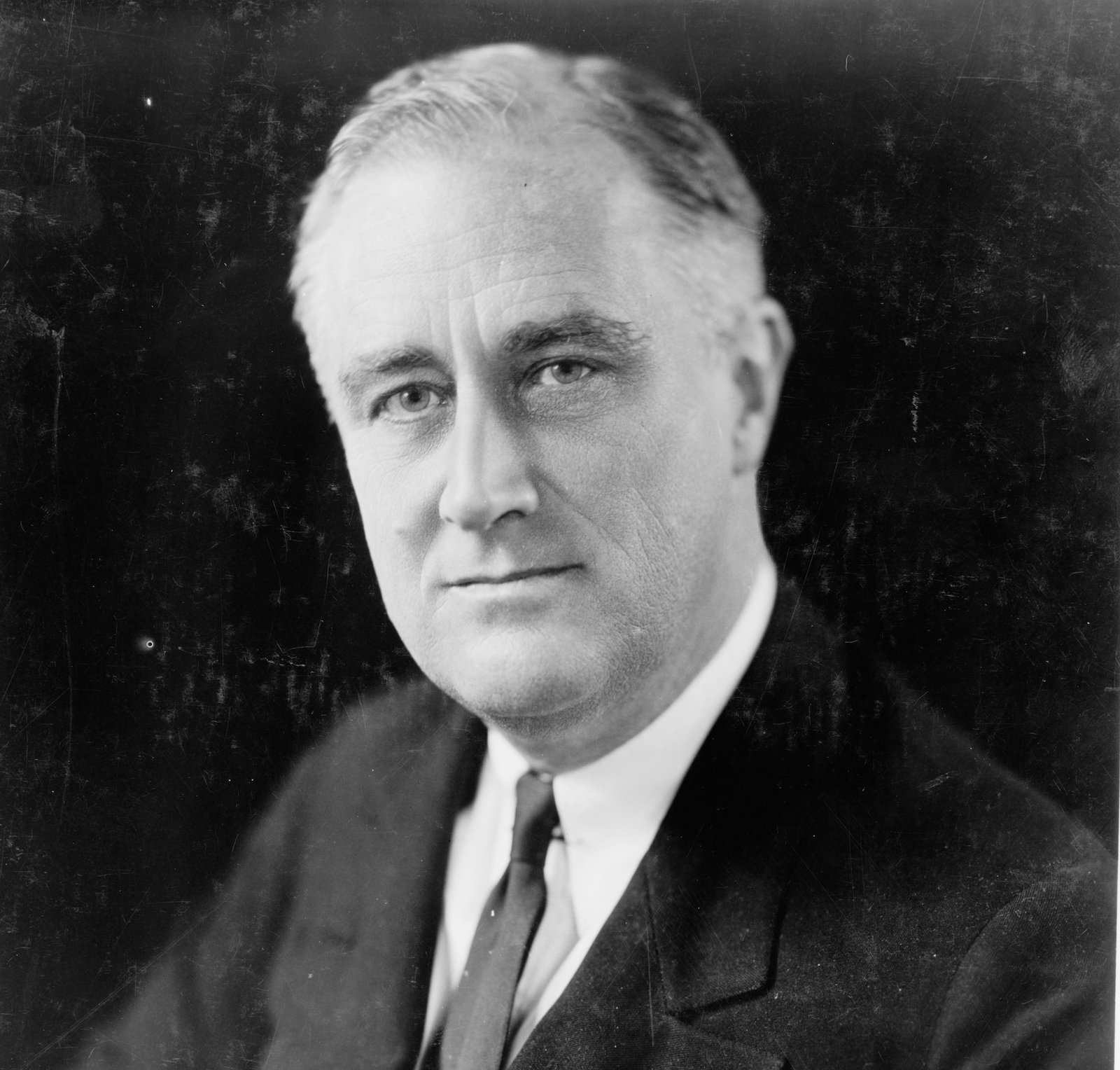Alphabet Soup Agencies
Introduction
The Great Depression, a cataclysmic event in the early 20th century, challenged the very foundations of the American economy and society. In response, President Franklin D. Roosevelt’s New Deal ushered in a series of programs and agencies, colloquially known as the ‘Alphabet Soup Agencies’ due to their acronyms. These agencies aimed to bring relief, recovery, and reform to a struggling nation.
Chapter 1: Setting the Stage
The Descent into Depression:
The stock market crash of 1929 was a starting point, but the subsequent years saw banking crises, high unemployment, and severe economic contraction.
Initial Government Response:
Before Roosevelt, the Hoover administration tried addressing the Depression, but many felt their efforts were too limited.
Chapter 2: The New Deal’s Three Rs
Roosevelt’s Strategy:
The New Deal focused on three main goals – Relief (for the unemployed and poor), Recovery (of the economy to normal levels), and Reform (of the financial system to prevent a repeat depression).
Chapter 3: Major Alphabet Soup Agencies
CCC (Civilian Conservation Corps):
Aimed at providing jobs for young men to work on conservation projects. This not only curbed unemployment but also led to the creation and enhancement of national parks and forests.
WPA (Works Progress Administration):
Focused on creating jobs through public works projects, from constructing buildings and roads to arts programs like the Federal Theatre Project.
AAA (Agricultural Adjustment Act):
Designed to boost agricultural prices by providing monetary incentives to farmers who reduced output.
FDIC (Federal Deposit Insurance Corporation):
Established to instill confidence in the banking system, it provided insurance for bank deposits.
SEC (Securities and Exchange Commission):
Formed to regulate the stock market and prevent abuses that led to the 1929 crash.
Chapter 4: Challenges and Criticisms
Constitutionality:
Many of these agencies faced legal challenges. The Supreme Court declared some programs, like the NRA (National Recovery Administration), unconstitutional.
Critics from the Left and Right:
While some thought the New Deal didn’t go far enough, others believed it made the government too powerful.
Chapter 5: Legacy and Impact
Modern Infrastructure:
Many infrastructure projects initiated by the agencies are still in use today, from bridges to post offices.
Regulatory Framework:
The financial regulations set up under the New Deal have had a lasting impact on American capitalism.
Social Impact:
These agencies not only provide employment but also invigorated arts, culture, and conservation in America.
Chapter 6: Beyond the Alphabet Soup
Social Security Act:
Beyond the acronyms, broader legislative acts, like the Social Security Act, became pillars of the American welfare state.
The Shift in Government Role:
The New Deal marked a paradigm shift, where the government took an active role in economic and social welfare.
Chapter 7: The Culture of the Time
Popular Opinion and the Role of Media:
The rise of radio as a prominent source of information shaped public perception. Fireside chats, hosted by President Roosevelt, became a staple in American households, directly communicating New Deal policies and the creation of these agencies.
Art and the New Deal:
The WPA, particularly, sponsored art projects that produced iconic pieces reflective of the era’s struggles and hopes. These artistic endeavors not only provided employment for artists but also encapsulated the spirit of resilience.
Chapter 8: Lesser-Known Agencies and Their Role
PWA (Public Works Administration):
While the WPA is frequently spotlighted, the PWA, which focused on large-scale infrastructure projects, played a crucial role in modernizing America’s infrastructure, including dams, bridges, and schools.
FSA (Farm Security Administration):
This agency aimed at combating rural poverty. The FSA’s photography project, employing photographers like Dorothea Lange, captured the raw realities of the Depression, leaving an enduring visual record.
Chapter 9: Economic and Social Implications
Change in Labor Dynamics:
With the introduction of programs like the CCC and WPA, there was a distinct shift in labor dynamics, emphasizing rights, fair wages, and improved working conditions.
Women and the New Deal:
While most Alphabet Soup initiatives targeted men, they indirectly impacted women, particularly in terms of employment dynamics and the social safety net.
Chapter 10: Lessons for Future Generations
Financial Regulatory Framework:
The creation of agencies like the SEC led to a more robust financial system, guiding subsequent generations on the importance of regulatory oversight.
Environmental and Conservation Efforts:
Through agencies like the CCC, the New Deal showcased the potential of aligning employment initiatives with conservation, a lesson invaluable for current global environmental challenges.
Chapter 11: Evolution and the New Deal’s Legacy
Post-War America:
While World War II played a substantial role in America’s economic recovery, the foundation laid by the New Deal ensured a more equitable post-war prosperity.
Current References:
Recent financial crises and social challenges have often led policymakers to reflect on New Deal strategies, contemplating their relevance and adaptability.
Conclusion
The ‘Alphabet Soup Agencies’ were more than just an array of acronyms. They represented an ambitious attempt to address a multifaceted crisis. While not all were successful, and many faced criticism, their collective legacy has left an indelible mark on American society and governance.








